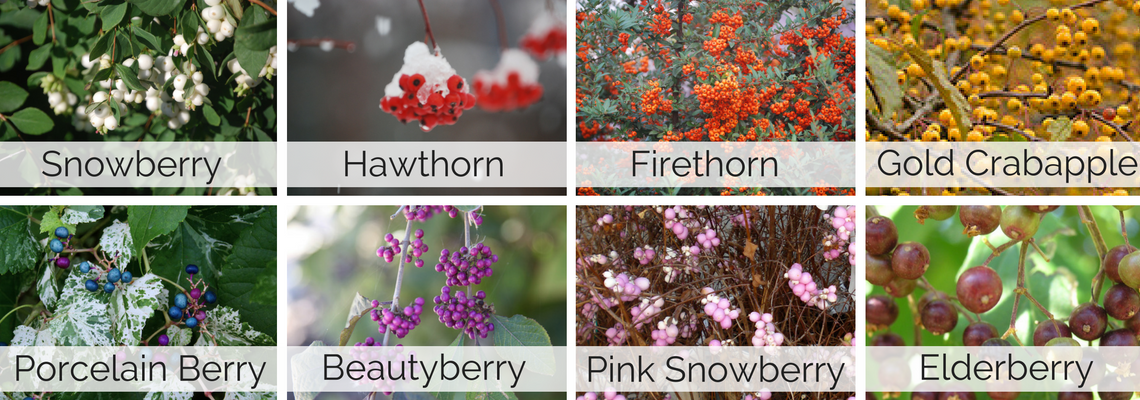
Adding Life to Your Landscape
-
Have you ever wanted to liven up your landscape? Have you ever wanted to add color, movement and interest year-round to your garden? One of the easiest and coolest ways is to encourage winged visitors! Attracting birds to your home landscape can be as easy as installing a bird feeder. Add a bird bath and now you’ve provided a water source for them. A more permanent solution is to add wildlife- or pollinator-friendly plants that provide food and habitat year-round.
A lively landscape has many benefits: it’s attractive in all seasons, uses less water than a traditional landscape, and brings an array of sights and sounds associated more with nature than urban home living. But benefits to the birds and bees are even greater. This type of landscaping creates an oasis in the middle of what has become a sea of turf grass. Turf grass doesn’t provide shelter or food for our native wildlife. By creating this oasis, you encourage local biological diversity to your area and become a “habitat hero.”
Winter is the perfect time to plan for the next gardening season (didn’t the last season just end!?). Here are some things to consider when creating your own lively landscape:

-
Diversity
A diverse plant palette is key to attracting and providing for different birds, pollinators and wildlife in all seasons. Evergreens are important for shelter and they attract insects, which birds like to eat. If left uncut for winter, ornamental grasses provide seed heads and coneflowers provide nectar and seeds. If you’re worried about a mess, look for trees or shrubs with “persistent fruit,” which means the fruit remains attached to the branches through the winter, dropping only when dry and shriveled in the spring (if there are any left!).
Below are some of our staff picks for "best berries" for wildlife in every color of the rainbow. In addition to those shown below, we'd also recommend Serviceberry, Currant (which also offers fabulous spring fragrance), and Viburnum. -

-
Get the neighbors involved.
Having a yard that attracts wildlife is great; having a neighborhood that does it is even better. When several houses on your block get involved, it creates a larger habitat that makes it easier for birds, bees, and other beneficial insects to find you.
Don’t clean up.
Yep, we’re giving you permission. Don’t take down all those perennial flower heads in the fall—that’s where the food is, after all. Don’t rake up all the leaves under the shrubs as they house overwintering insects that birds feed on. It would also be OK to take some wood from your tree pruning and make a small, neat pile to provide a new type of shelter. Don’t let your landscape look too ragged, but don’t clean it up perfectly either.
There are dozens of ornamental grasses that provide movement, texture, and light to the garden. Every Utah landscape should have ornamental grasses in the mix. Check out our Plant finder on this website to choose the best ornamental grasses for your yard.
-

-
Reduce the lawn by 25%.
Lawn offers neither shelter nor food and doesn’t really provide a benefit to any life form but humans. You needn’t remove all the lawn, just pull it from areas where it wasn’t thriving anyway (side yards, park strips, hillsides) and replace it with plants that will better meet your needs—and those of the natural world too. -


